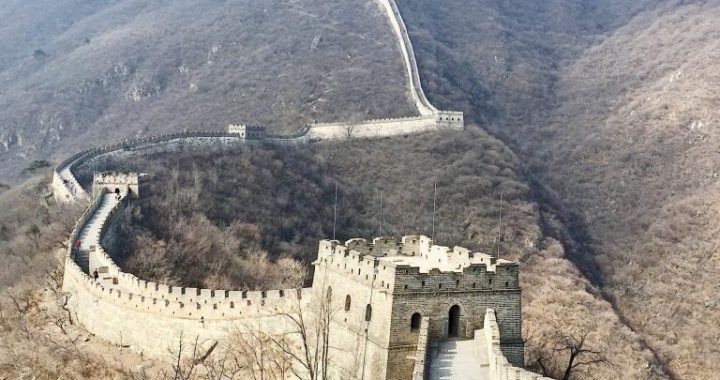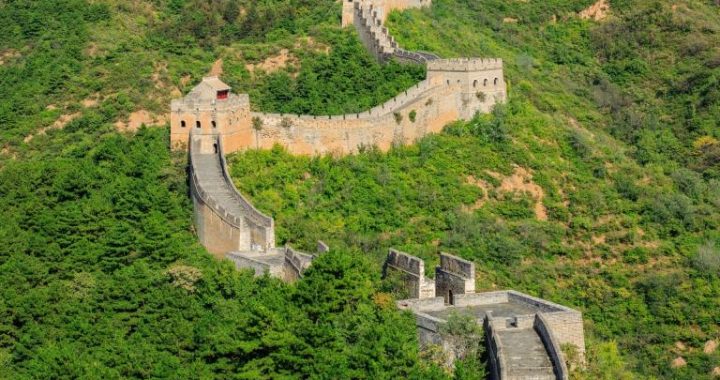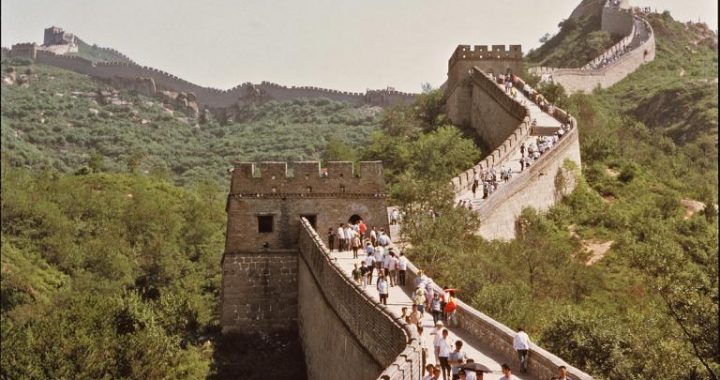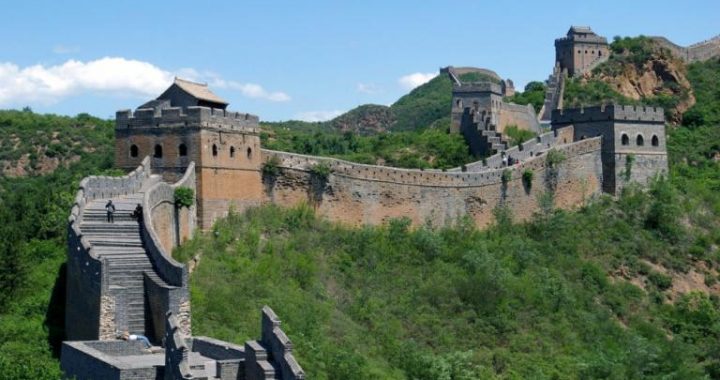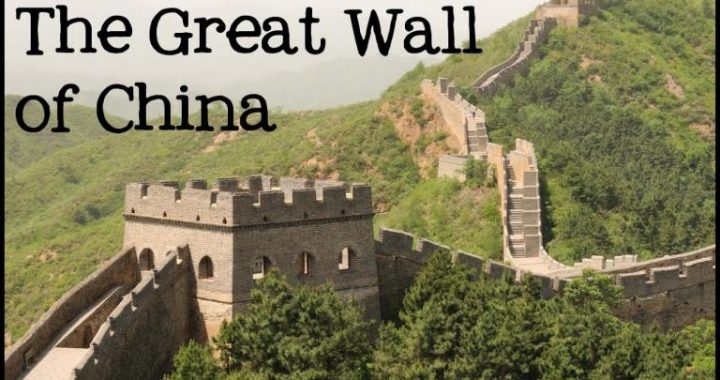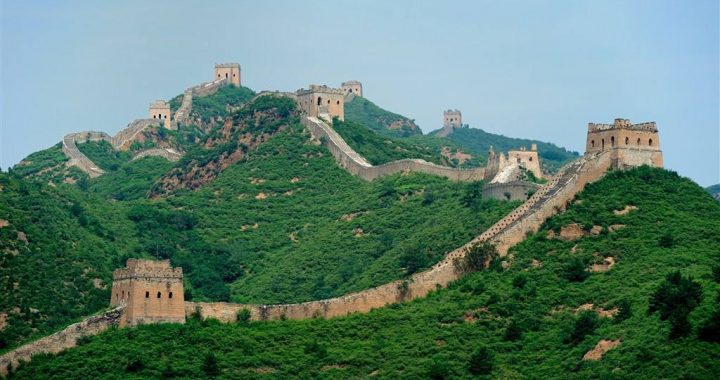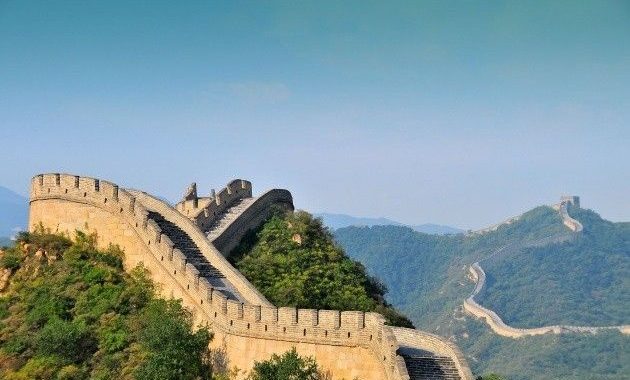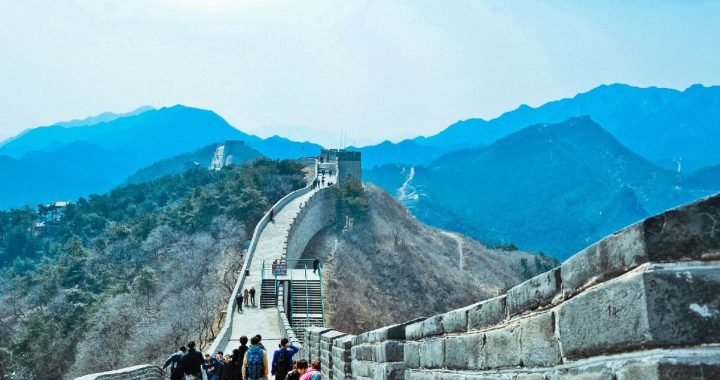Ming Great Wall Miracle in the Construction History of the World
8 min readThe Ming Great Wall was the last Great Wall constructed in the Chinese history,andalso the one with the largest scale,longest span of construction,solidest project and most perfect facility.It is one of the greatest ancient constructions in the world,and was recorded into the history of the world civilization as the man-made wonder on the earth.Some people have calculated that if we use the bricks and earth that was used to construct the Ming Great Wall to build a huge wall of 5-meter-high and1-meter-thick,the huge wall can go around the earth for one circle and more.
The construction of the Great Wall needs to make use of many subjects,such as mathematics,mechanics,construction materials,and geography as well since the choice of location needs to take the geographical environment such as topography and water resources into account.
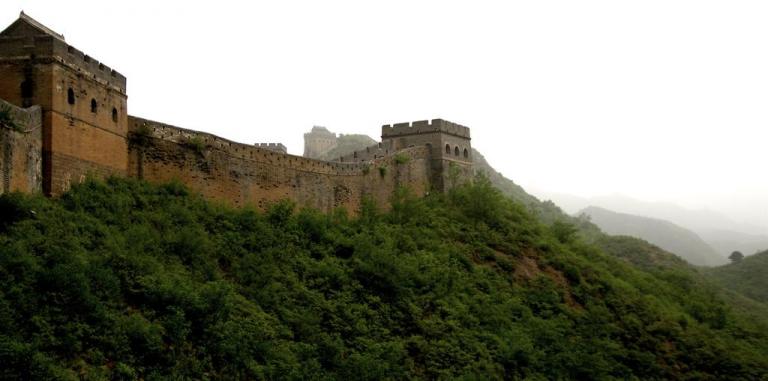
Therefore, the Great Wall first reflected the scientific levelof that time; it is the object illustration of the natural and social sciences development, therefore people could see the course of scientific development at that time from the Great Wall. Besides, the great invention fruit created bythe wisdom and hard work of the predecessors could provide reference for today’s scientific research work as well.
The Great Wall construction was a large-scale and arduous project, and its choice of location, planning and de-signing, the sources of the construction materials and the levying of labors, all of which were very sophisticated works. Just like other ancient Chinese architectures, in the construction of the Ming Great Wall, the workmen summed up the experience of “using local materials and utilizing them accordingly”after long-term practical work, just as Luo Zhewen, the famous specialist in the research of the Great Wall, summarized,”making use of the nature, being in conformance with the nature and at last remodeling the nature”, creating the wonder in the world construction history.
The Ming Great Wall was an integrated military defense system consisted of ramparts, passes, fortresses, watchtowers, beacon towers and post stations etc. The ramparts are the main body of the Great Wall project, and they could be differentiated according to thematerials as brick walls, stone walls, earth walls, shoveled mountain wall, mountain wall, wooden fence wall and moat wall and so on, different according to the locations as on mountains or plains and the convenience of getting certain materials. Except the wall body of the Great Wall in Jizhen Garrison Post completely built by stones and bricks, the other Great Walls of garrison posts were mainly stamped by rammed earth, only with the watchtowers covering with bricks. Shoveled mountain wall means the steepcliff wall shoveled from a natural mountain, and mountainwall usually were laid with bricks or stones leaning one the sheer ridge of the mountains, wooden fence wallmeans the wall made of wooden fences, and moat wall refers to the earth wall built on one side of the moat. Thecross-section of the rampart presented a shape of trapezium, wider at the bottom and narrower on the top, and the size varied in accordance with terrain and needs. On the top of the rampart, there built crenels outside and parapet wall inside. The parapet wall was mainly set to ensure the safety of the guarding soldiers, preventing them from falling out of the wall incautiously. As for the arch pass, they were used to let the soldiers go up and down.
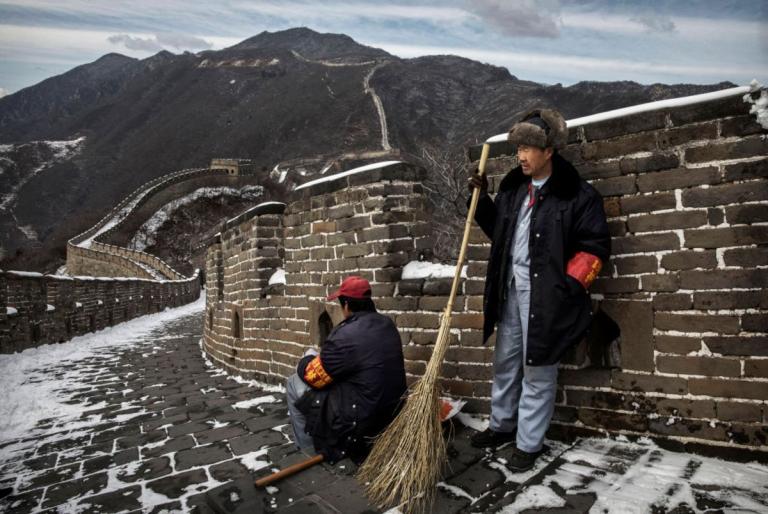
Forts of passes were the gates going in or out of the Great Wall, so it was the key point in the defense of the Great Wall. There were the archway with bricks, and gate towers and embrasure watchtower on the top. Usually two or more forts were built in a pass, connected with brick or stone walls to form enclosed cities. Some forts might also have enceinte of the gate, turret, water pass or wing towers, and horse path of ascending the wall as well, which was built in the city to let the stationed troops go on the forts to defend quickly. Forts of the passes in fact were indispensable to the Great Wall.
Fortresses were built to station troops. They could be divided into weicheng, shouyu or qianhusuocheng and baocheng in terms of their ranks, and were built inside the Great Wall according to the defense system and some others. And in some rare situations they were built out of the Great Wall. Weicheng and qianhusuocheng were set at intervals of about 100 liThe perimeter of weicheng was of 3-4.5kilometers and qianhusuocheng of 4-5 kilometers.
Their ramparts were built with bricks, outside which there were mamian, turrets and enceintes set and sometimes there would build moon fort outside the gate or wing fort opposed to the gate to strengthen the defense capability of the city gates. Inside the city there were set yamen(government offices), barracks, civilian houses and temples.
The distance between weicheng, qianhusuocheng and the Great Wall varied, which were usually constructed in places of flat terrain suitable for stationing troops and in a suitable distance to the Great Wall. Baocheng were also called border fort, with intervals of 5 kilometers or so and perimeter of the fort 0.5-1.5 kilometers. They usually were built with bricks, opening 1 or 2 gates, and also enceinte ofthe gate. Inside the fort there were garrison barracks, drill ground and temples. The distance between the border fortsto the Great Wall usually was no more than 5 kilometers, thus the garrison troops could ascend the fort quickly when enemies came. The watchtowers and chengtai on the Great Wall could only hold very few soldiers, which usually only functioned as places for sentry and providing shelters, and it might be helpless to move forces from afar at the moment when emergency occurred, so the fortresses were built inside and along the Great Wall, which were in fact military camps. These fortresses varied in scale in accordance with the importance degree of this section of the Great Wall, and were all built nearby so as to ascend the Great Wall to defend as soon as urgent situations occurred.
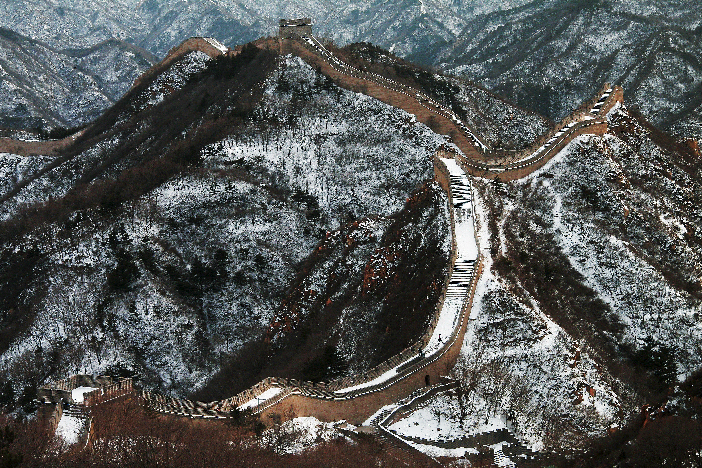
On the Ming Great Wall, watchtowers were also set at different intervals according to the terrain and topographic conditions. The watchtower was built astride the wall, usually two-or three-storied square blocks built with bricks higher above the ramparts for several zhang and with crenels on the four sides of walls. On the watchtowers there was a boat-shape small room in the middle and was called loulu. The watchtowers and loulu could provide shelter for guarding soldiers, and also store grains and weapons to prepare for emergency needs. In the four sides of loulu there were also crenels to outlook. Watchtowers on the Ming Great Wall were set in the strategic positions of the Great Wall, with a length of about 12 zhang at the side and could hold 30-40 soldiers. They were built by General Qi Jiguang in the latter half of the 16thm century. According to The History of the Ming Dynasty: Biography of Qi Jiguang, Qi Jiguang proposed to “make the garrison troops build 1,200 watchtowers first”. However, these 1,200 watchtowers were only in the section from Shanhaiguan to Juyongguan in Beijing, and if all thewatchtowers of the whole Great Wall are counted, the number would be a quite considerable one.
Chengtai was also the important construction on the Ming Great Wall, which was the platforms extruding out of the ramparts, smaller on top and larger at bottom, somewhat like the face of horses, therefore it was called mamian(horse face). In the important guarding sections, they were set at intervals of 150 kilometers or so, and their boards were in the same level of the top of the ramparts. If there were rooms built on the blocks, they were called pufang which could provide shelter from rain when the guarding soldiers were patrolling, making “the soldiers be able to take shelter and firearms avoid rain”. The three sides of the chengtai had crenels which were used to shoot when the enemies attacking the wall. In fact the chengtai functioned a lot in defense, since”soldiers on the ramparts were inappropriate to look down and, for fear of the arrows and shells attacking in the face, the soldiers dared not to overlook”, and while the enemies moving under the wall, the soldiers would also be shot easily if they stretch one’s body out of the ramparts. However, with this chengtai extruding out of the ramparts, the wall-attackers at the foot of the wall would be shot from the chengtai on the left and right side, and thus make the enemies unable to ascendthe wall; therefore the distance between two chengtai were usually the ranges of shooting of the two chengtai. For ex. ample the fort of Jiayuguan and the Great Wall, fortressess and blocks were distributed in a scientific way and formed a fairy perfect defense system, playing a decisive role in ensuring the peace in the northwest of the Ming dynasty (1368-1644).
There were also many beacon towers along the Great Wall, and in the Ming dynasty(1368-1644) there was the saying of “one beacon tower in every 5 liand one fortress in every 10 li”. Beacon towers were the signal sendingplaces of giving alarms, and also had the functions of guarding and overlooking, which was the important part of the whole defense system of the Great Wall. Beacon towers were the constructions that signaled military information with smoke during the day and fire at night, which were usually built in and outside of the Great Wall on the peak of high mountains, uplands and turnings of the road that were easy to be seen. The beacon towers in fact were isolated high platforms built with rammed earth or bricks, on which there were watching houses, firewood used to light fire, signal gun, sulfur and saltpeter, and under the tower were the barracks for the guarding soldiers enclosed by wall, sheepfold, stable and storehouse. The setting of beacon towers had four kinds: one kind was set closely to the two sides of the Great Wall, and was called”frontier beacon towers”; the second kind extended to the outside of the Great Wall, and was called “beacon towers out of the heartland”; the third kind extended to the government seats behind the Great Wall and contacted with them, and they were called “beacon towers in heartland”; the fourth kind was lined along the traffic path, and was called”passageway beacon towers”. Beacon towers usually were set in every 5 kilometers or so, just right in the eyeshot of people. Post stations were also an important auxiliary establishment in the whole Great Wall defense system. It was the place to rest and transfer in the moving of people or material transportation, and also responsible for sending the official documents to and from, playing the role ofcommunication between the garrison troops and the governments. In order to pass the information accurately and quickly, along the Ming Great Wall there were post stations and post houses. In Jiayuguan forts and its surround-ing area, the most important defense point in the west part of the Ming Great Wall, the post stations were very densely-dispersed, with four routes in the four directions in and out of the pass, forming a powerful and effective communication network, which enabled the garrison troops to prepare fully for wars before the enemies attacked.
